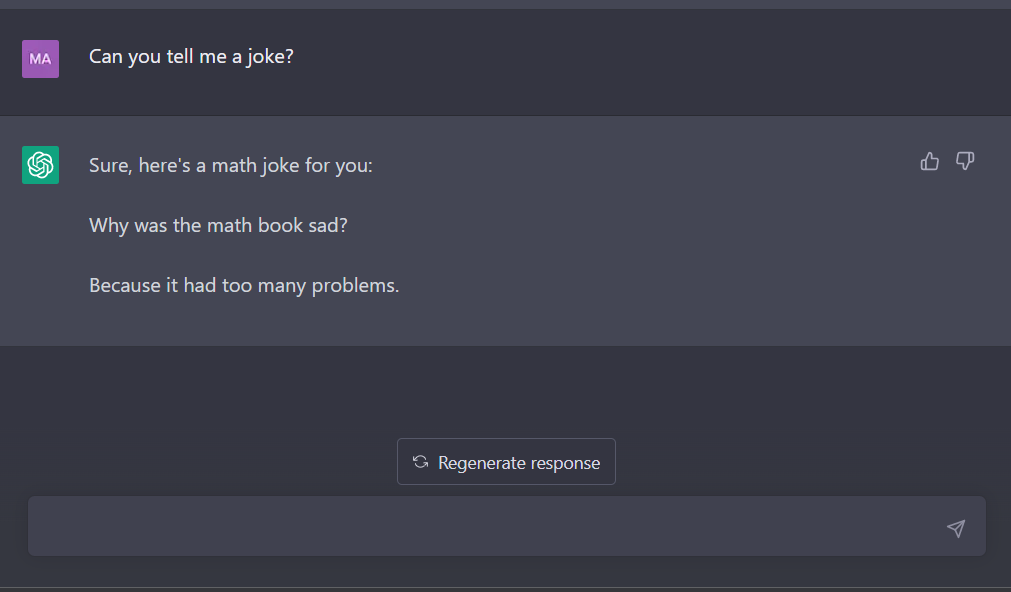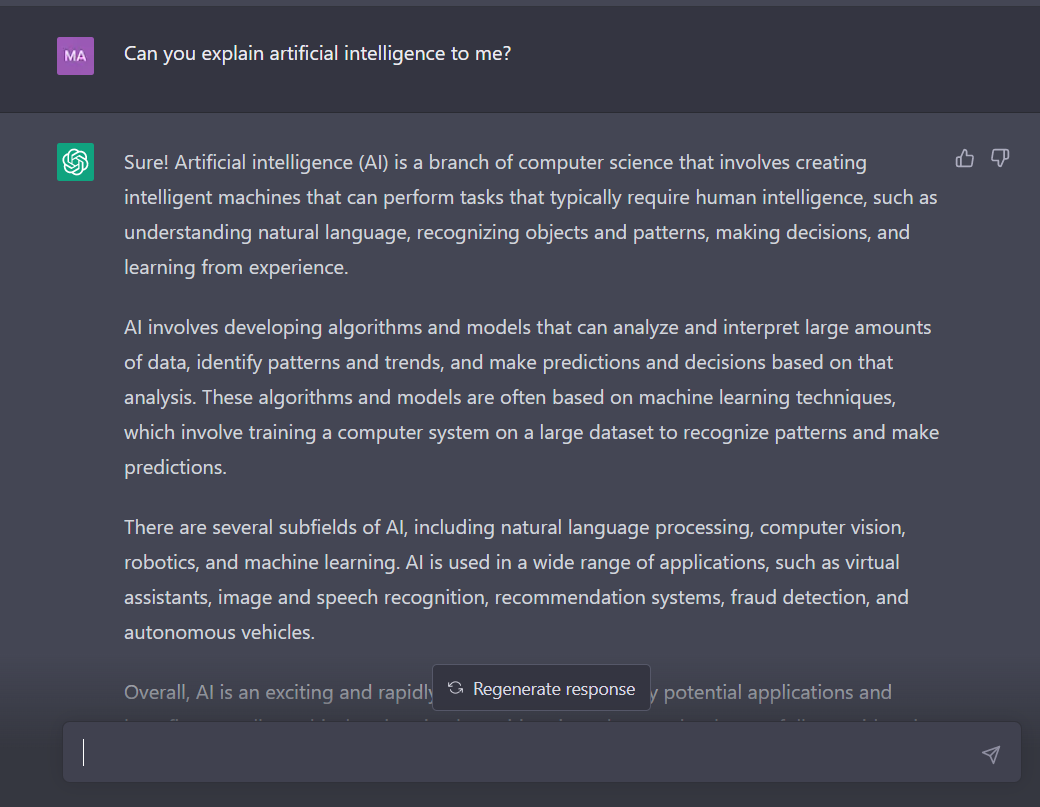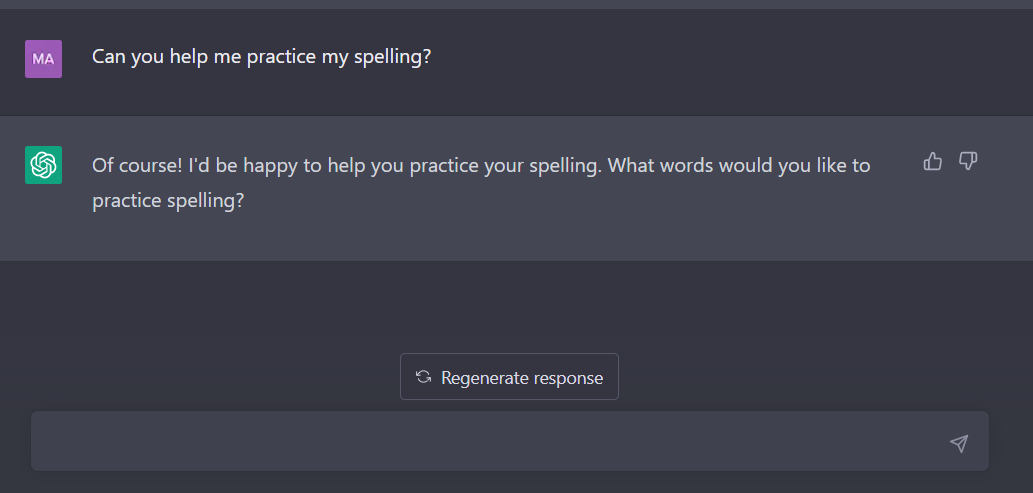
Moonpreneur
Are you looking for a fun and interactive way to introduce your kids to the world of AI and technology? Look no further than ChatGPT! This cutting-edge language model, developed by OpenAI, offers various educational and entertaining commands to capture your child’s imagination and spark curiosity.
This blog will explore the top ChatGPT commands for kids, from interactive games and trivia to creative writing prompts. So, let’s get started and discover the exciting world of ChatGPT!
1. Can you help me with my homework?
This command can be used by kids struggling with a particular homework assignment or subject. The AI language model can provide explanations, examples, and step-by-step guidance to help the child understand and complete their homework.

2. Can you tell me a joke?
This command can be used by kids looking for a laugh or a fun distraction. The AI language model can provide age-appropriate and funny jokes to keep kids entertained.

3. Can you explain artificial intelligence to me?
This command can be used by kids who are curious about a particular topic or concept. The AI language model can provide clear and concise explanations that are easy for kids to understand.

4. What are some fun facts about Mars?
This command can be used by kids who are interested in learning new and interesting facts about a variety of topics. The AI language model can provide fun and engaging facts that can help spark curiosity and inspire learning.

5. Can you tell me a story?
This command can be used by kids who love stories and want to hear new and exciting tales. The AI language model can provide age-appropriate and engaging stories, encouraging kids to use their imagination and creativity.

6. Can you recommend a book to read?
This command can be used by kids who love to read and are looking for new books to explore. The AI language model can provide recommendations for age-appropriate books that align with the child’s interests.

7. What’s the weather like today?
This command can be used by kids who are curious about the weather and want to know what to expect for the day. The AI language model can provide real-time weather updates and forecasts for the child’s location.

8. Can you translate English into Korean?
This command can be used by kids interested in learning new languages or who want to communicate with someone who speaks a different language. The AI language model can accurately translate phrases and words into various languages.

9. What’s the definition of [choice of term]?
This command can be used by kids who are building their vocabulary and want to learn the meaning of new words. The AI language model can provide clear and concise definitions of words that are easy for kids to understand.
![What's the definition of [choice of term]?](https://mp.moonpreneur.com/blog/wp-content/uploads/2023/03/choice-term.png)
10. Can you help me practice my spelling?
This command can be used by kids who want to improve their spelling skills. The AI language model can provide spelling quizzes and exercises that can help kids practice and reinforce their spelling abilities.

In conclusion, ChatGPT is a fantastic tool with a wide range of educational and entertaining commands; it provides a fun and interactive way for kids to explore new concepts, develop their problem-solving skills, and unleash creativity.
Whether your child is interested in science, history, or language or just wants to have some fun, ChatGPT has something for everyone. So, why not try out these top ChatGPT commands for kids and see where their imagination takes them?
Moonpreneur is on a mission to disrupt traditional education and future-proof the next generation with holistic learning solutions. Its Innovator Program is building tomorrow’s workforce by training students in AI/ML, Robotics, Coding, IoT, and Apps, enabling entrepreneurship through experiential learning.

























What remarkable feats can I accomplish with ChatGPT?
You can task it with elucidating intricate subjects, condensing articles, seeking advice on diverse matters, and even crafting a resume or cover letter. It’s adept at formulating business plans, providing insights on handling emails from your superiors, tackling math equations, and generating lines of code as well.